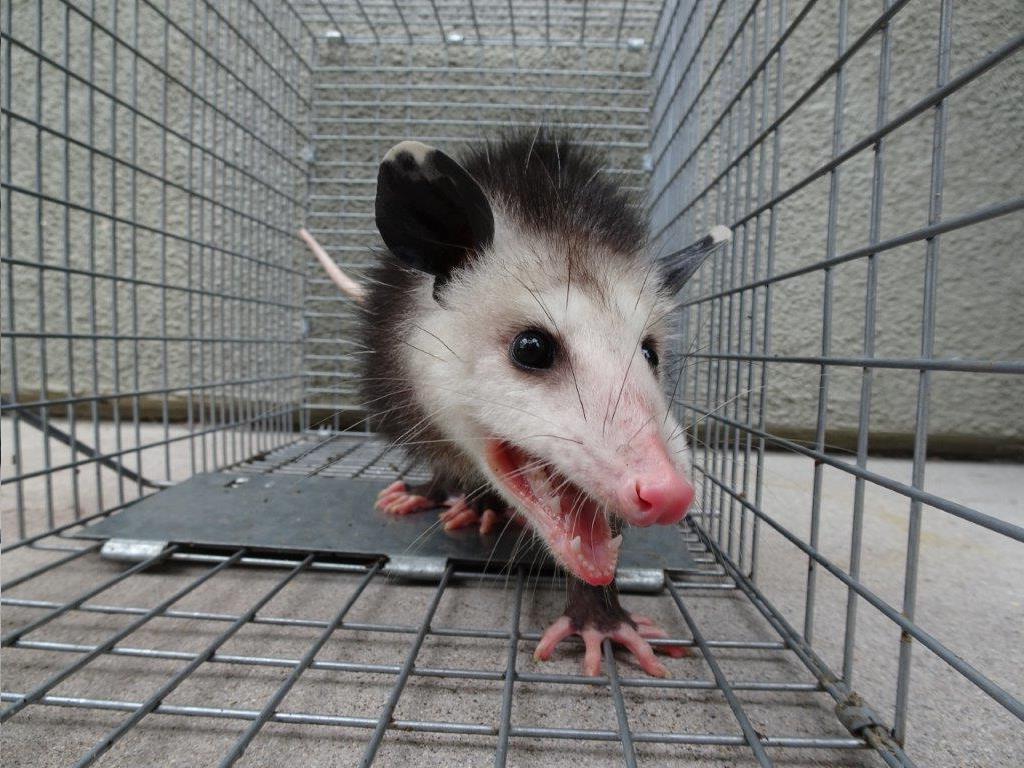
Opossums are an interesting lot: they have an absurd name, are immune to venoms, play dead when in danger and are one of the most hated creatures in all of America. However, at its core, an opossum is just another animal which is vulnerable to all sorts of misfortunes that can plague other members of the animal kingdom.
In the modern age, the dangers that animals in the wild are exposed to have drastically increased since we humans have done an excellent job of destroying our environment to comport it in such a way to fulfill our requirements. Naturally, we are obliged to protect the wildlife that is now at our mercy, and this is where wildlife rehabilitators come in.
Who are wildlife rehabilitators?
They are professionals trained in wildlife maintenance and protection. As we have already discussed, their existence is necessary as animals are prone to harm and may need adequate help that a layperson can’t provide. They may do their job voluntarily, or they may be paid employees. Either way, they have the arduous responsibility of tending to sick, injured and orphaned animals and ultimately ensure their survival.
They generally operate in specialized centers, and for the most part they don’t go looking for and collecting wildlife themselves; they expect animals in critical condition to be brought to their centers, kind of like how a doctor is only going to treat those who are brought to her, instead of going out in search of unhealthy individuals.
Opossum rehabilitation
Opossums can get sick, injured and orphaned, just like any other animal. Therefore, if you find an opossum in any such condition, you may take steps to warm and hydrate it, but you have to contact a wildlife rehabilitator afterward immediately.
Here are a few things that wildlife rehabilitators do with opossums, depending on their age and present condition.
The small ones
If the opossum in question is an infant measuring less than 4 inches, extra care is given to it. It is given animal milk via a dropper, and it is gently stimulated to enable it to defecate or urinate properly.
The bigger ones
For bigger opossums ranging in measurement from 4 to 7 inches, a dropper is not needed for feeding purposes. However, the weaker ones may need to be fed by hand.
General treatment
Aside from the specific treatment that is dependent on the physical condition of the opossum, there are a set of general steps that all wildlife rehabilitators take. Opossums are warmed with blankets and body heat. They are also given water at regular intervals since they are prone to dehydration. Injured and sick opossums are given appropriate medicine and care. Fleas are eliminated from the marsupial’s body, and it is cleaned thoroughly, to enable it to be healthy as soon as possible.
Go back to the San Clemente wildlife removal home page.